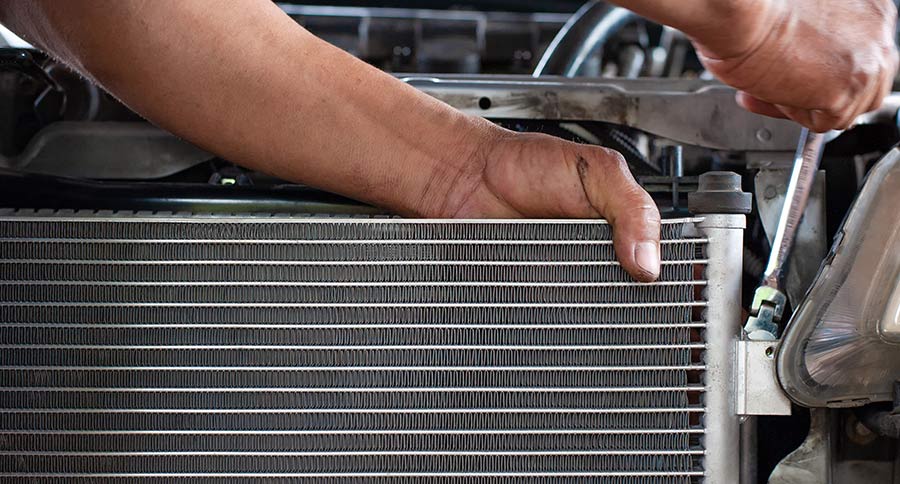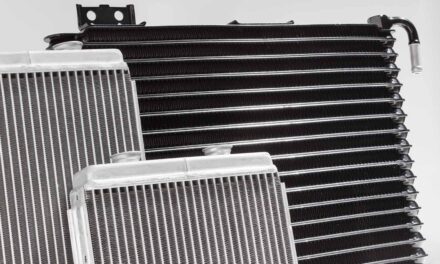When looking for a replacement radiator, take replacement radiator advice from those who are familiar with the different types of radiators available. If you are buying something other than what came in your vehicle from the factory, you will need to know the size of the inlet and outlet and the width, height, and thickness of the radiator.
Water Flow
If your vehicle came with a one-core radiator and you want it to cool better, putting a two- or three-core radiator in isn’t usually the answer. Radiators are built to handle the flow rate of the water through the engine block. Water flowing too fast never has a chance to cool down before it goes back into the engine. Water that never heats up enough to keep the engine at the proper running temperature could make your engine run cold, causing it to use more fuel. Also, your heater will not produce hot air. It’s important that you have the proper water flow, so you should always use the same size radiator that came with the vehicle.
Instead, make sure the thermostat is opening and closing properly and that the radiator isn’t full of calcium or clogged with crud. You could also have dirt and crud in the water jackets. Getting the radiator flushed may help with that problem.
Check the Core and Tanks
When you buy a new radiator, you expect it to be in perfect condition. However, sometimes bad radiators get by quality control, or they may be damaged in transport or storage. Always visually check the radiator before you install it for bent core fins or holes in or near the welds on the tanks. If the radiator is not metal, be sure to check the tanks for cracks and other issues.
Keep in mind that the cooling system is under pressure once the vehicle gets to operating temperature. You may not see issues with the radiator until you install it and the vehicle heats up. After installing a new radiator, be sure to allow the vehicle to run for at least 20 to 30 minutes and check for leaks as soon as the vehicle heats up and during the entire time it is running. Remember, if the radiator leaks all the water out and the coolant temperature sender isn’t immersed in water, it will not register a temperature.
Radiator Repair Shops
If you’re lucky, you will have a radiator repair shop in your city. You can save quite a bit of money by taking the radiator to them to have it rebuilt. You could have a new core installed on the old tanks, have new tanks installed on the old core, or even just have the core cleaned and repaired.
As always, call around to different auto parts stores and radiator repair places to check prices as they will vary quite a bit. You may also find radiators that are less expensive at online discount stores or on auction sites. As always, if you are unfamiliar with the seller, be sure to check out the seller and the seller’s reviews before forking over your money.











![[4 WAY BATTERY TERMINAL] Made of high-quality brass and steel material which is corrosion resistant with excellent electrical conductivity that can reduce voltage distortion and transmission loss. And it has 4 ports for multiple cable connections, wi...](https://m.media-amazon.com/images/I/51CvYLlHB6L._SL100_.jpg)


